"A drag queen is commonly called 'vestida' (dressed), from where the title of the series comes. What I do is to strip them from their clothes and then get them 'desvestidas' (undressed). This is where the male part becomes evident, and a game of double identity between masculine and feminine is generated," photographer Luis Aguirre says.
Phoebe
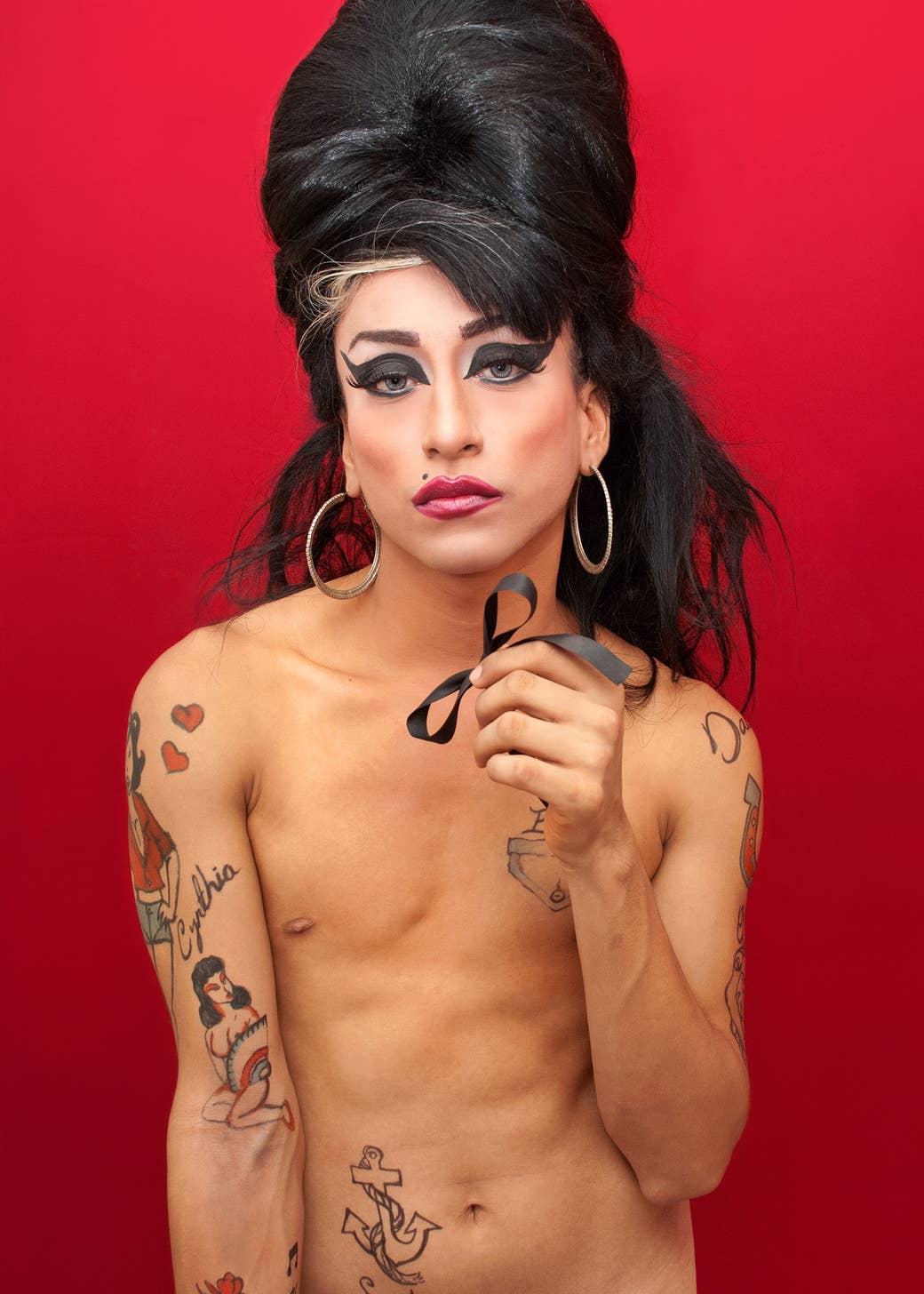
"I remember the first time I saw a drag queen," Aguirre said about the series' origins. "It was a moment that shocked me and stayed in my memory. I was seven or eight years old, with an aunt to do some shopping in the central market in Acapulco.
"We passed a fruit stand and there he was with his curly hair, very dark skin, strong arms, eyelids painted with electric blue eye shadow and his red lips.
"'¡Pásale Güerita!' he said to my aunt.
"I don’t really know if his voice or his body caused me confusion or amazement.
"'Aunt, what is he?' I asked.
"'Ah, he is a drag queen,' she answered me.
"There was no more answers than that and I didn't ask more questions.
"The project stems from my amazement at drag queens. The ability to become such incredibly beautiful 'women' amazes me. Through fillings they give new forms to their bodies; with wigs and makeup they change their factions and feminize their looks."
Brigitte
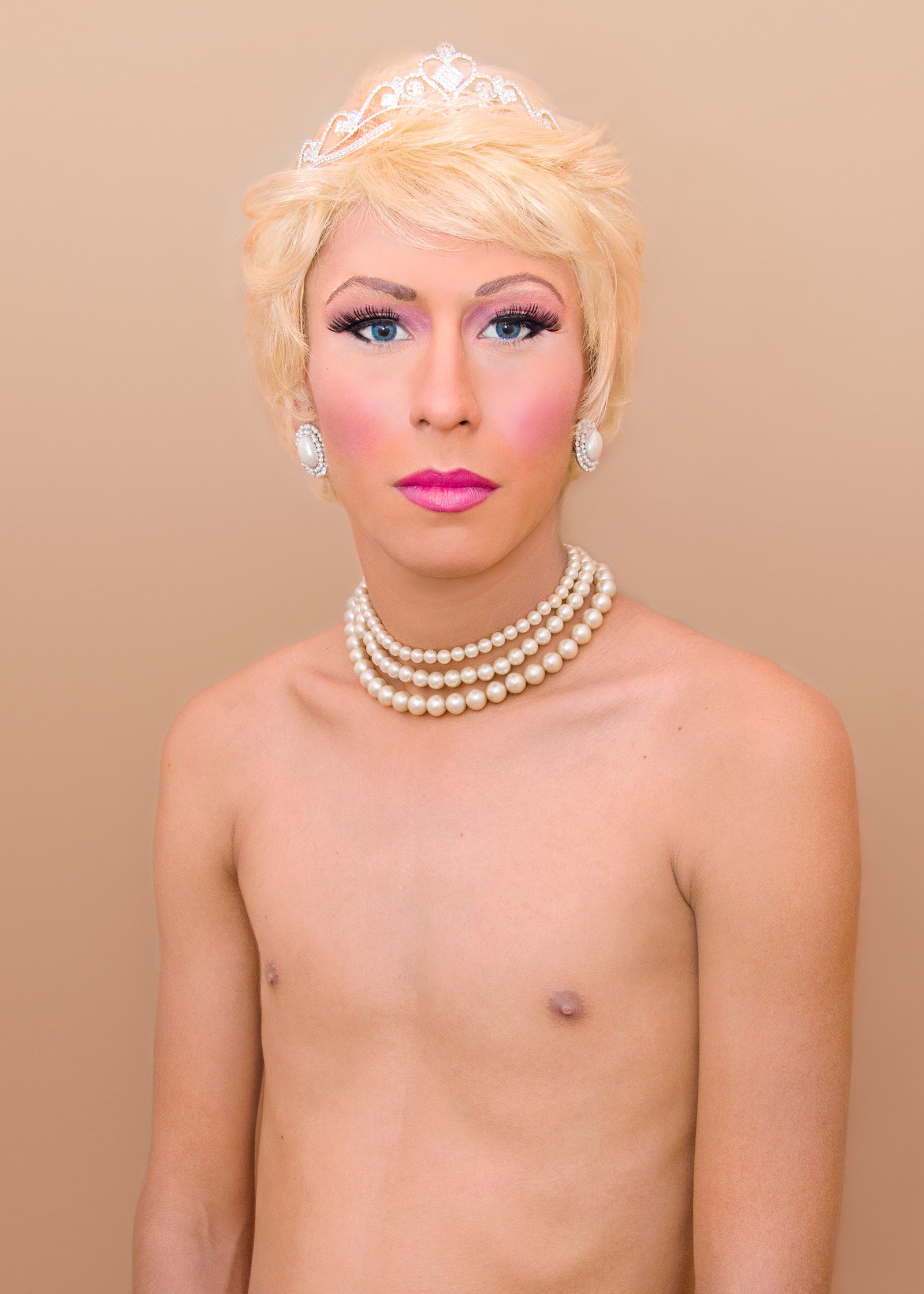
Pily
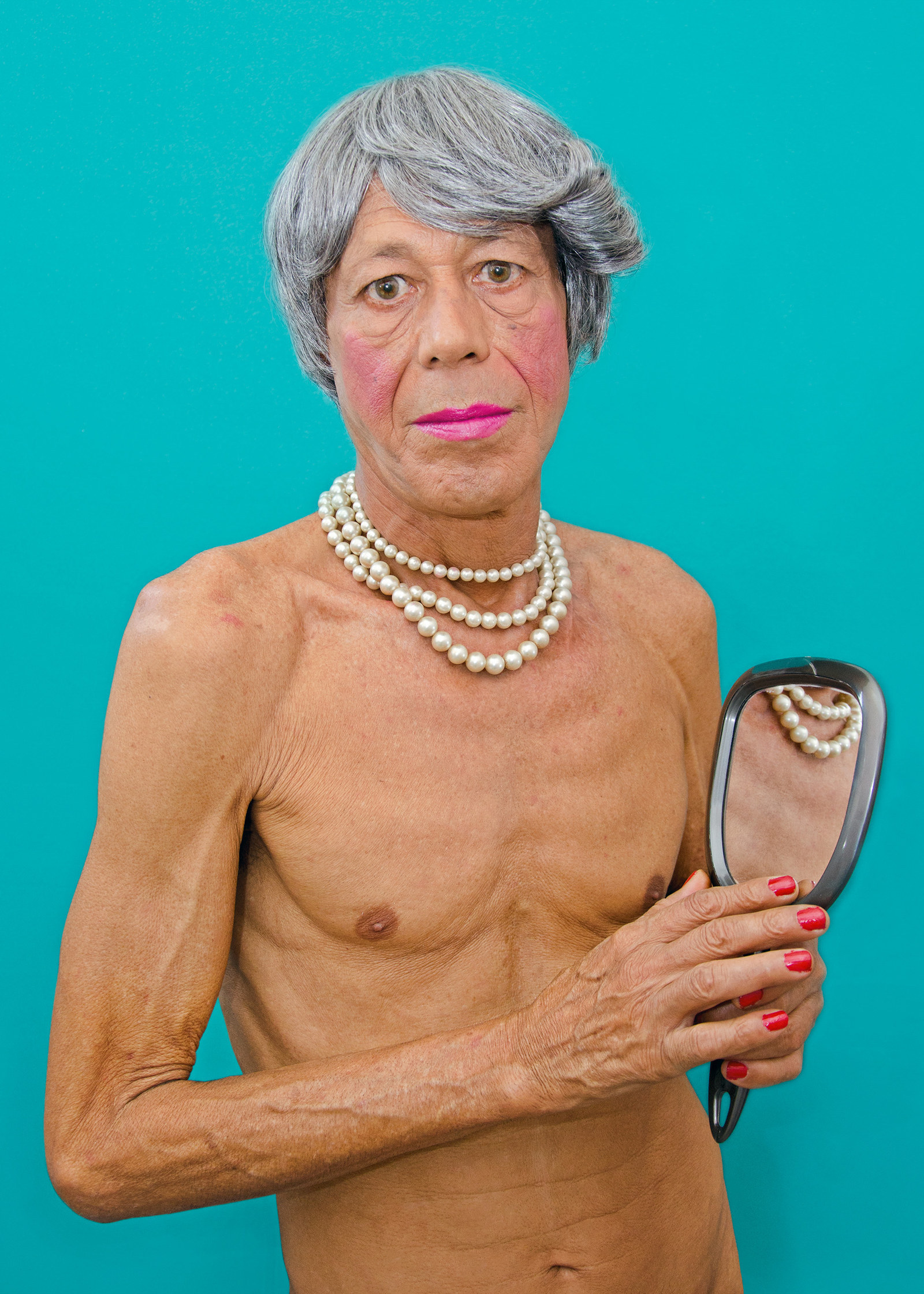
Yoceline and Yamilat
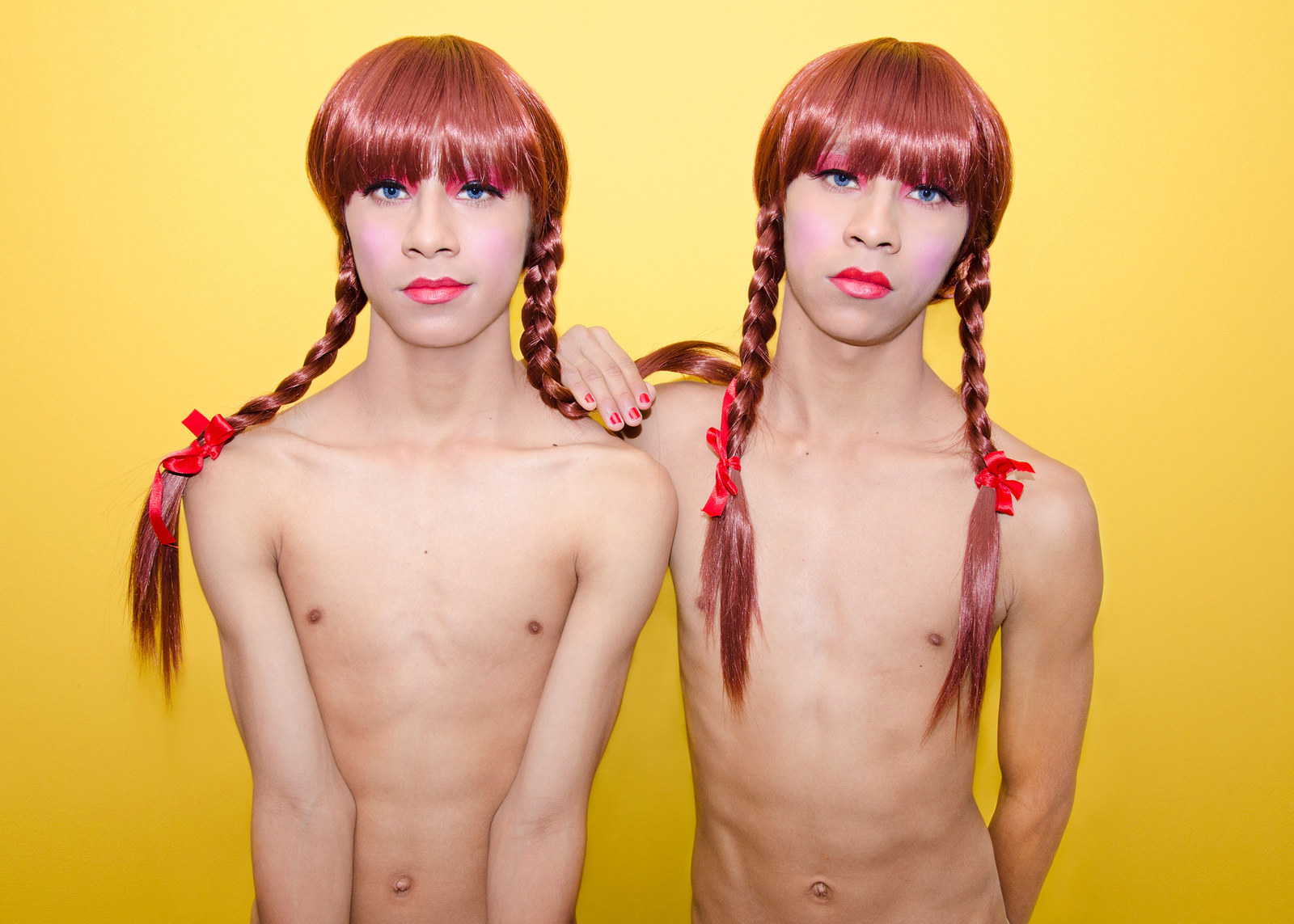
Violeta
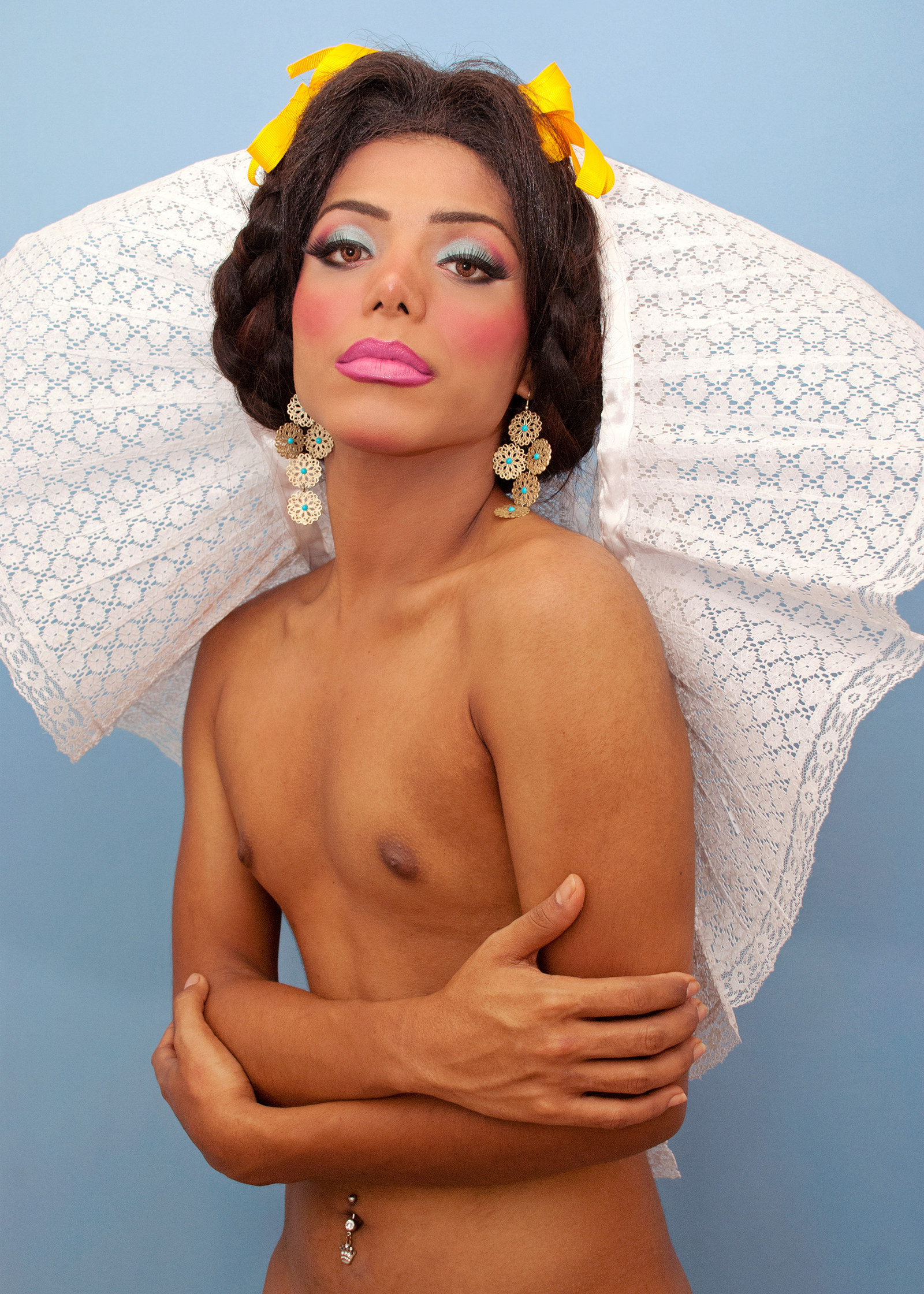
Maria Fernanda

Caricia
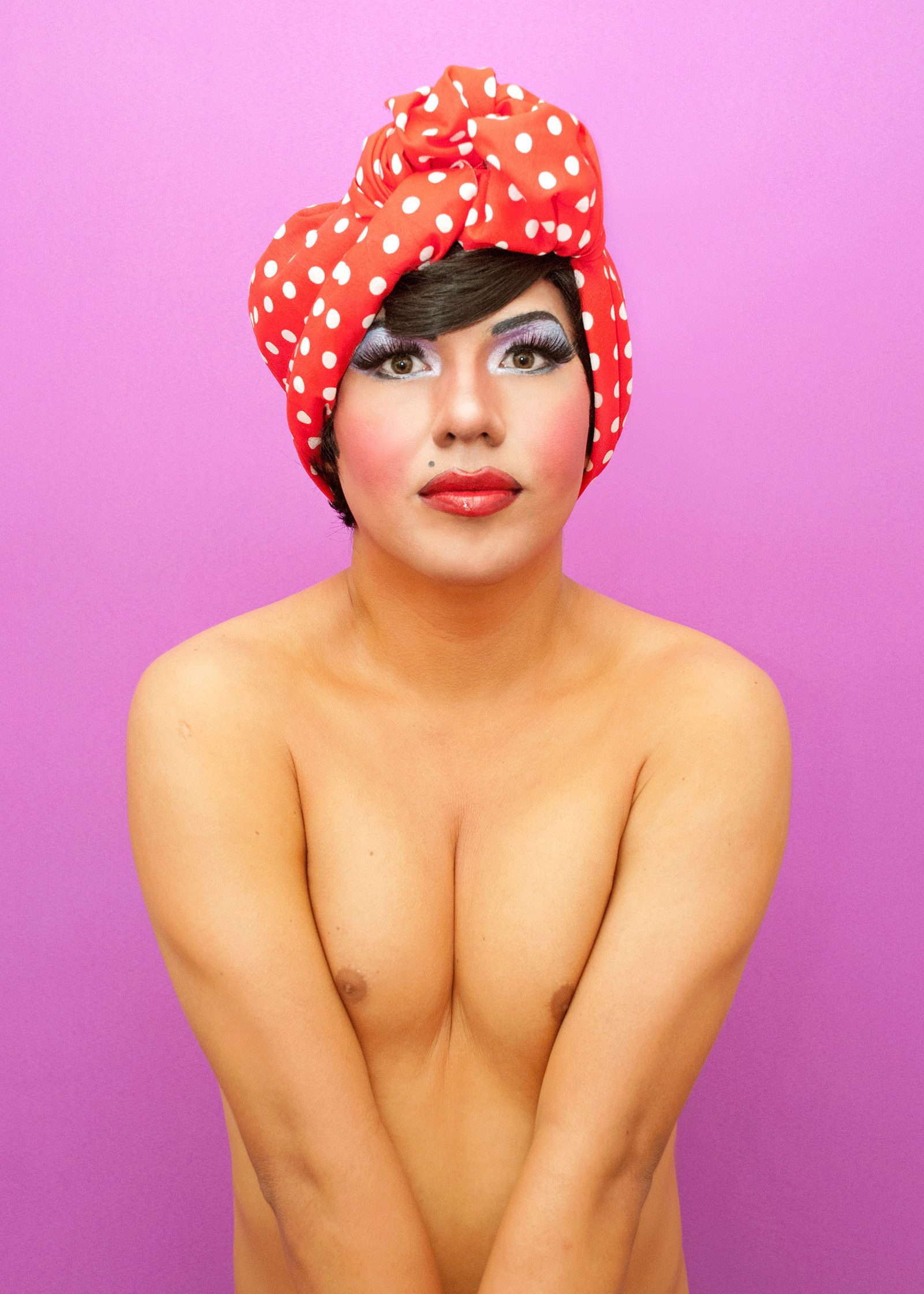
Isabella
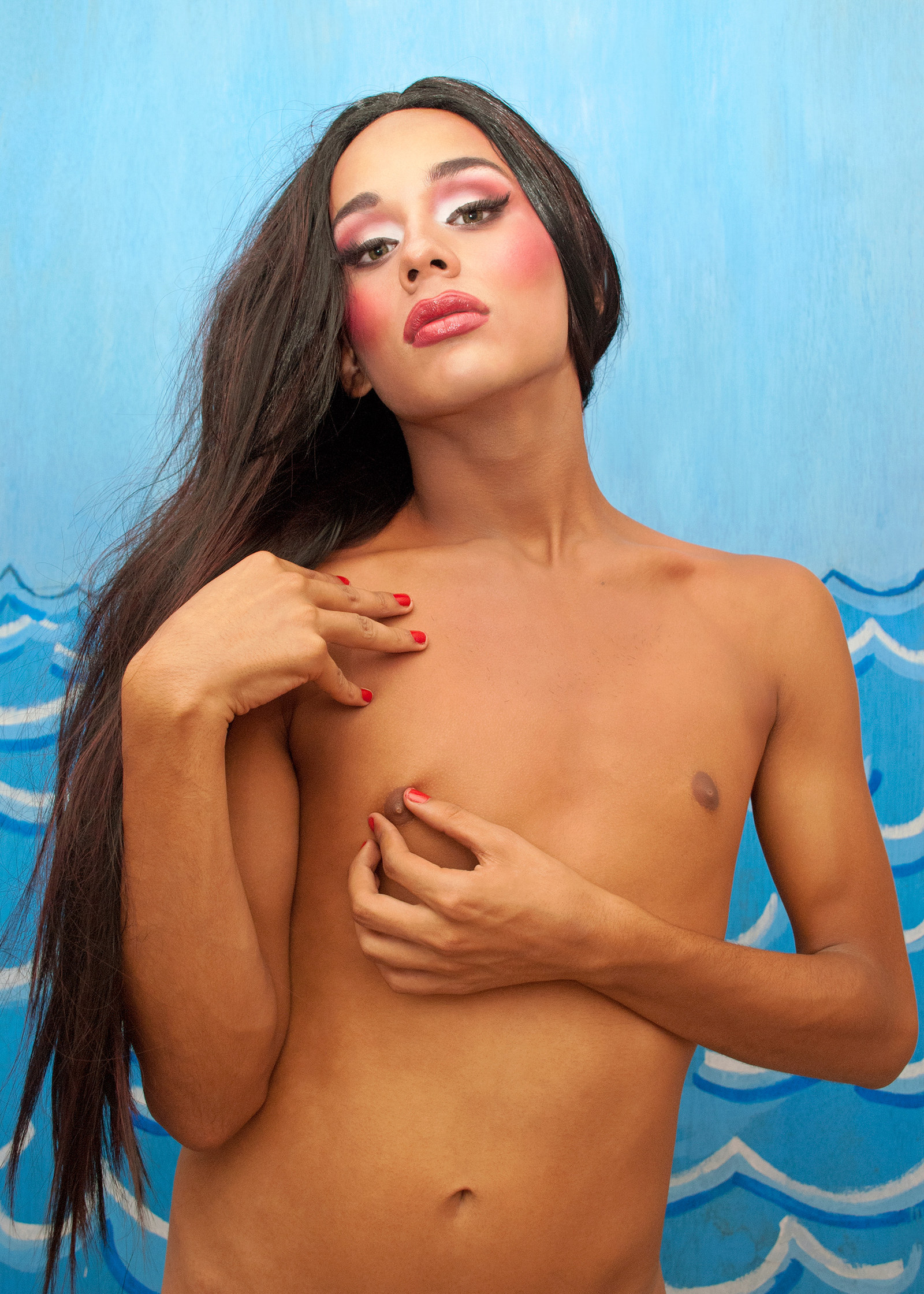
Amanda
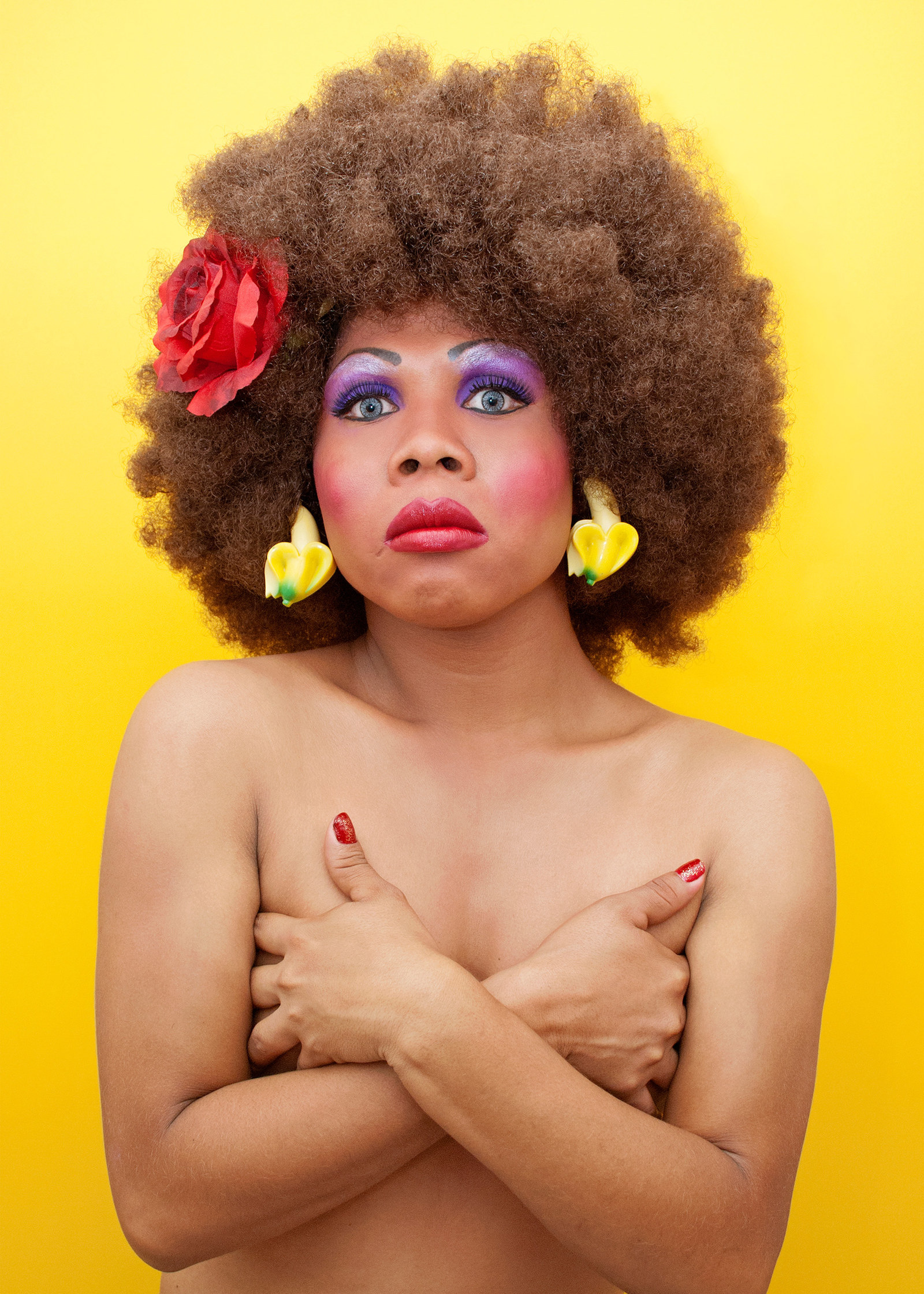
Sharon

Yajara
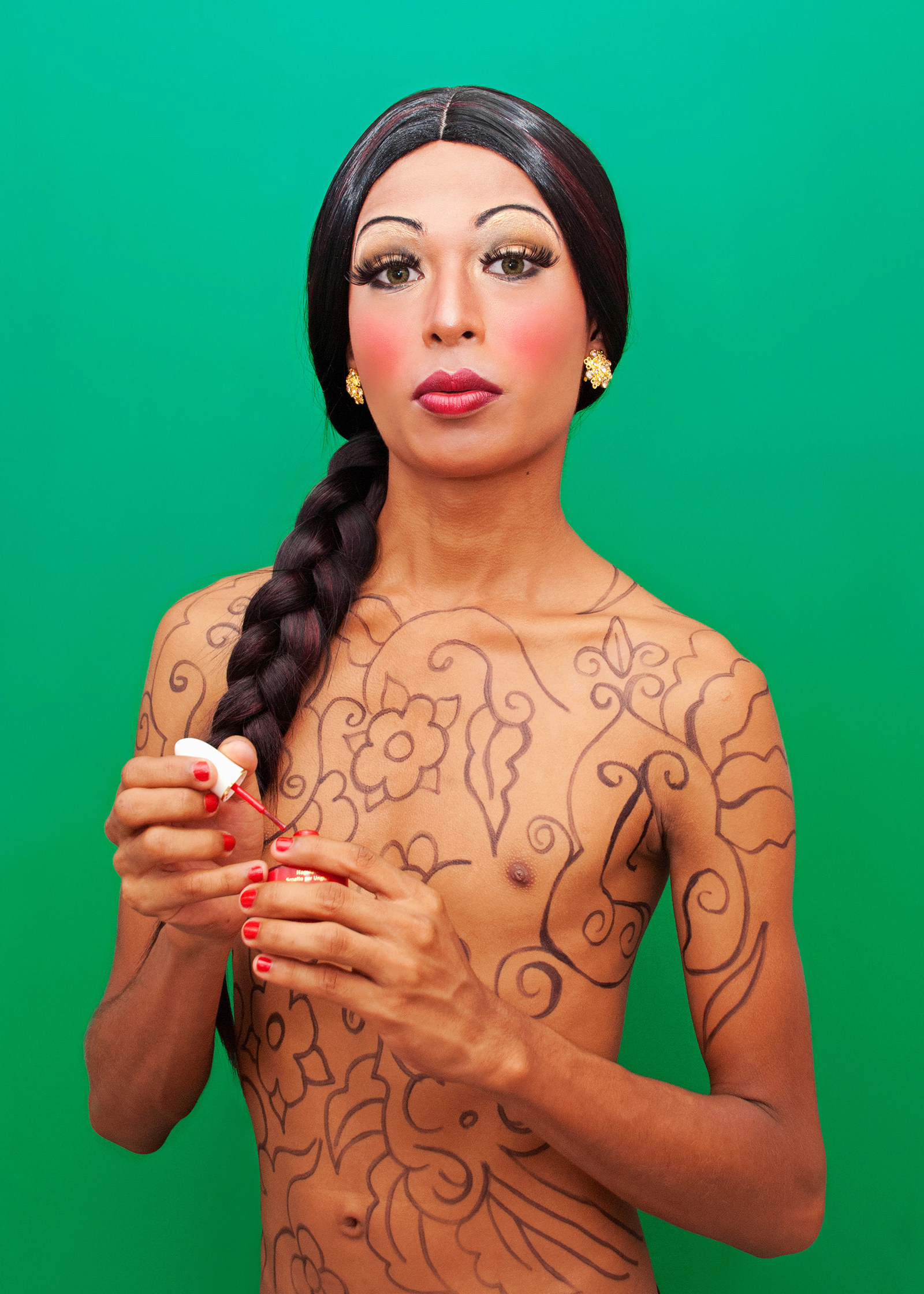
Caricia
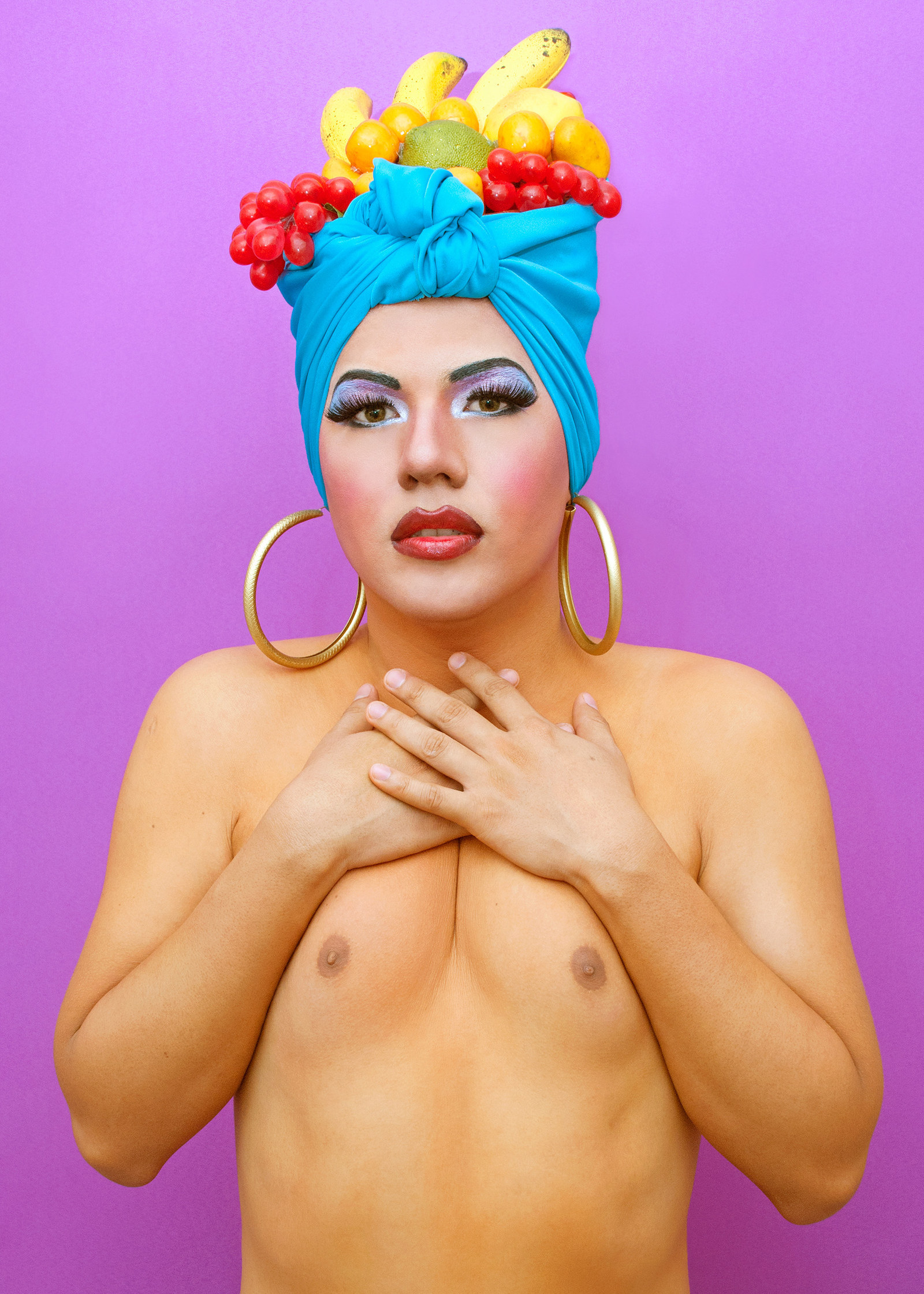
Luis Arturo Aguirre is a photographer based in Mexico.
